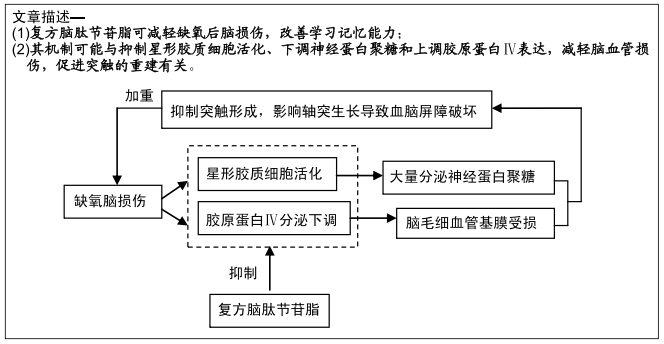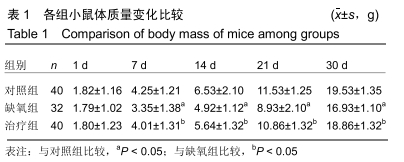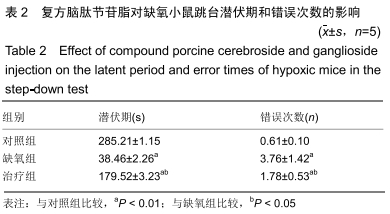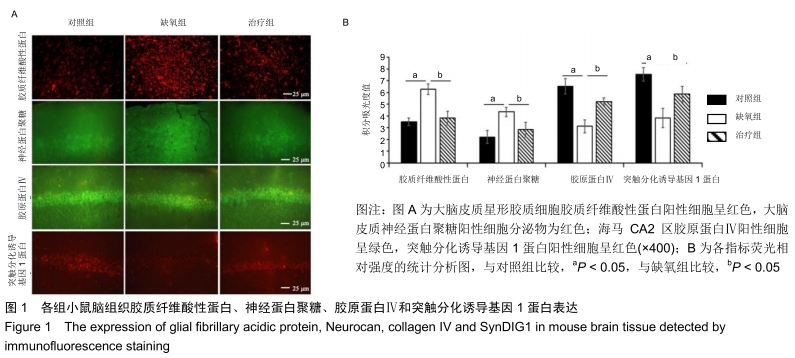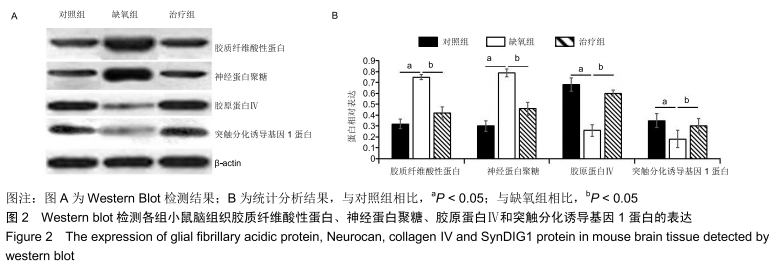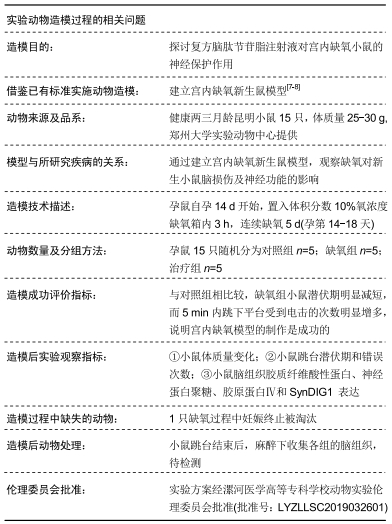[1] WANG M, ZHANG Y, FENG L, et al.Compound porcine cerebroside and ganglioside injection attenuates cerebral ischemia- reperfusion injury in rats by targeting multiple cellular processes. Neuropsychiatric Disease and Treatment.2017;13:927-935.
[2] DUKHINOVA M, VEREMEYKO T, YUNG AWY, et al. Fresh evidence for major brain gangliosides as a target for the treatment of Alzheimer's disease.Neurobiol Aging.2019;77( 4):128-143.
[3] 黄伟毅,关良劲.亚低温联合复方脑肽节苷脂注射液治疗重症颅脑损伤的临床疗效及生活质量研究[J].脑与神经疾病杂志,2018,26 (2): 100 -104.
[4] ZHU X, LI H, ZHANG C.Clinical effects of Ganglioside and fructose-1, 6-diphosphate on neonatal heart and brain injuries after Asphyxia.Pak J Med Sci.2017;33(5):1199-1204.
[5] MIAO Y, WANG R, WU H, et al.CPCGI confers neuroprotection by enhancing blood circulation and neurological function in cerebral ischemia/reperfusion rats. Mol Med Rep. 2019;20(3):2365-2372.
[6] 徐悦,郑永强,付蓓蓓.复方脑肽节苷脂对脑缺血再灌注损伤模型大鼠的保护作用[J].中国药业,2019,28(10):13-16.
[7] YUE HS, CHEN XD, ZHONG XM, et al.Effect of Angelica sinensis on neural stem cell proliferation in neonatal rats following intrauterine hypoxia.Neural Regen Res.2008;3(7),733-736.
[8] 陈旭东,徐纪伟,王晓兰.小鼠诱导多能干细胞移植治疗宫内缺氧新生鼠脑损伤[J].解剖学杂志,2016,39(1):26-30.
[9] 王明洋,冯璐,范姝婕,等.复方脑肽节苷脂注射液激活线粒体自噬改善脑缺血再灌注损伤[J].中国康复理论与实践,2016,22(7): 750-753
[10] MARINA N, KASYMOV V, ACKLAND GL, et al.Astrocytes and Brain Hypoxia.Adv Exp Med Biol.2016;903:201-207.
[11] CHOI SH, KIM HJ, CHO HJ, et al. Gintonin-mediated release of astrocytic vascular endothelial growth factor protects cortical astrocytes from hypoxia-induced cell damages.J Ginseng Res. 2019;43(2):305-311.
[12] SU Z, YUAN Y, CHEN J, et al. Reactive astrocytes in glial scar attract olfactory ensheathing cells migration by secreted TNF-alpha in spinal cord lesion of rat.PLoS One.2009;4(12): e8141.
[13] 邓之婧,郭哲,庞逸敏,等.小鼠脑缺血后星形胶质细胞和小胶质细胞的活化规律比较[J].中华老年心脑血管病杂志, 2016,18(1): 77-80.
[14] ZHANG S, WU M, PENG C, et al.GFAP expression in injured astrocytes in rats.Exp Ther Med.2017;14(3):1905-1908.
[15] SILVER J, MILLER JH.Regeneration beyond the glial scar[J]. Nat Rev Neurosci.2004;5(2):146-156.
[16] MIYATA S, KITAGAWA H.Mechanisms for modulation of neural plasticity and axon regeneration by chondroitin sulphate.J Biochem. 2015;157(1):13-22.
[17] FONTANIL T, MOHAMEDI Y, MONCADA-PAZOS A, et al. Neurocan is a New Substrate for the ADAMTS12 Metalloprotease: Potential Implications in Neuropathies.Cell Physiol Biochem.2019; 52(5):1003-1016.
[18] YUI S, FUJITA N, CHUNG CS, et al.Olfactory ensheathing cells (OECs) degrade neurocan in injured spinal cord by secreting matrix metalloproteinase-2 in a rat contusion model.Jpn J Vet Res. 2014; 62(4) :151-162.
[19] SUN X, REN Z, PAN Y, et al.Antihypoxic effect of miR-24 in SH-SY5Y cells under hypoxia via downregulating expression of neurocan.Biochem Biophys Res Commun.2016;477(4):692-699
[20] XU L, NIRWANE A, YAO Y.Basement membrane and blood-brain barrier.Stroke Vasc Neurol.2018;4(2):78-82.
[21] SUN ZL, JIANG XF, CHENG YC, et al.Exendin-4 inhibits high-altitude cerebral edema by protecting against neurobiological dysfunction.Neural Regen Res. 2018;13(4):653-663.
[22] LEE WLA, MICHAEL-TITUS AT, SHAH DK. Hypoxic-Ischaemic Encephalopathy and the Blood-Brain Barrier in Neonates.Dev Neurosci.2017;39(1-4):49-58.
[23] PEDCHENKO V, BAUER R, POKIDYSHEVA EN, et al.A chloride ring is an ancient evolutionary innovation mediating the assembly of the collagen IV scaffold of basement membranes.J Biol Chem. 2019;294(20):7968-7981.
[24] 李仁斌,余光书,林焱斌,等.依达拉奉干预脊髓损伤模型大鼠Ⅰ型和Ⅳ型胶原蛋白的表达[J].中国组织工程研究,2018,22(8):1235-1240.
[25] TAKEUCHI M, YAMAGUCHI S, YONEMURA S, et al.Type IV Collagen Controls the Axogenesis of Cerebellar Granule Cells by Regulating Basement Membrane Integrity in Zebrafish.PLoS Genet.2015;11(10): e1005587.
[26] ŽALOUDÍKOVÁ M, ECKHARDT A, VYTÁŠEK R, et,al. Decreased collagen VI in the tunica media of pulmonary vessels during exposure to hypoxia: a novel step in pulmonary arterial remodeling.Pulm Circ.2019;9(3):2045894019860747.
[27] LEROY F, BRANN DH, MEIRA TINPUT, et al.Timing-Dependent Plasticity in the Hippocampal CA2 Region and Its Potential Role in Social Memory.Neuron.2017;95(5):1089-1102.
[28] LEE SE, SIMONS SB, HELDT SA, et al.RGS14 is a natural suppressor of both synaptic plasticity in CA2 neurons and hippocampal-based learning and memory.Proc Natl Acad Sci U S A. 2010;107(39):16994-16998.
[29] BENOY A, DASGUPTA A, SAJIKUMAR S.Hippocampal area CA2: an emerging modulatory gateway in the hippocampal circuit.Exp Brain Res.2018;236(4):919-931.
[30] DÍAZ E.SynDIG1 regulation of excitatory synapse maturation.J Physiol.2012;590(1):33-38.
[31] KAUR I, YAROV-YAROVOY V, KIRK LM, et al.Activity-Dependent Palmitoylation Controls SynDIG1 Stability, Localization, and Function.J Neurosci.2016;36(29):7562-7568.
[32] KIRK LM, TI SW, BISHOP HI, et al.Distribution of the SynDIG4/proline-rich transmembrane protein 1 in rat brain.J Comp Neurol.2016;524(11): 2266-2280.
|
